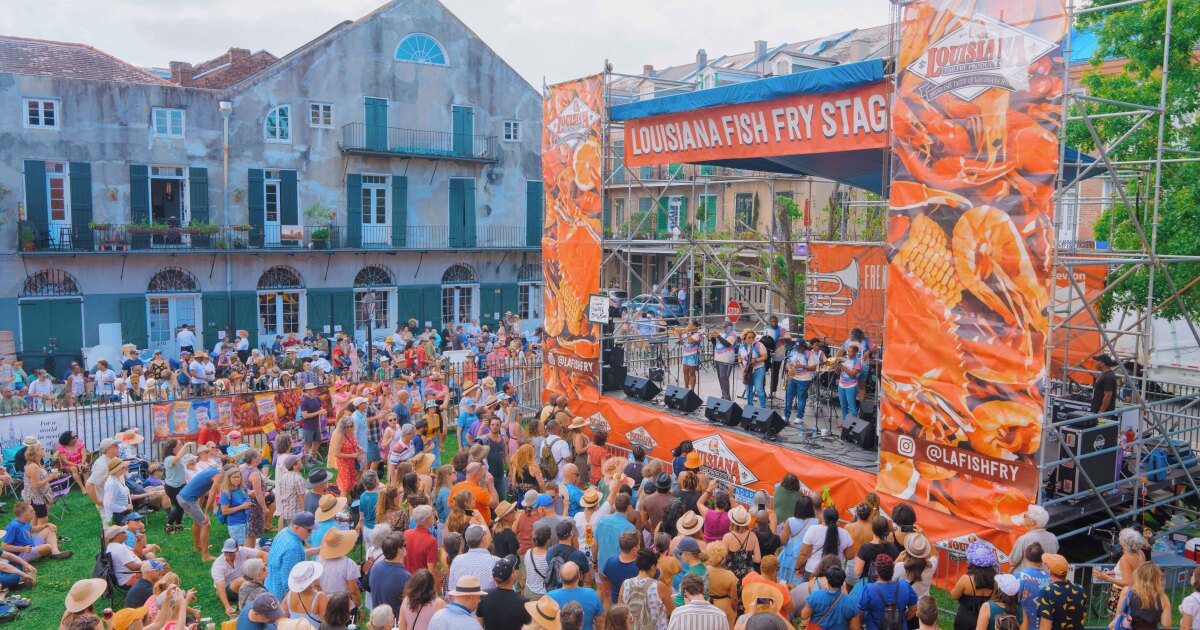For centuries, Leonardo da Vinci has amazed the world with his art and inventions. While many know about his masterpieces, his family history has remained a mystery. Recently, a long-term study has uncovered intriguing details about his lineage, offering fresh insights into the life of this Renaissance icon.
In May 2025, historians Alessandro Vezzosi and Agnese Sabato revealed their findings after over thirty years of genealogical research. Their book, Genìa da Vinci. Genealogy and Genetics for Leonardo’s DNA, maps out a complex family tree for da Vinci that spans 21 generations. This effort identifies over 400 relatives and uncovers 15 direct descendants of Leonardo himself.
The project, known as Leonardo da Vinci DNA, began in 2016. Its aim was to explore biological connections that might reveal the sources of his remarkable talents. They focused on the Y chromosome, which can trace male lineage. Although Leonardo had no children, his ancestry remained intact through his male relatives.
By combining historical records with DNA analysis, Vezzosi and Sabato confirmed a direct male-line connection from Leonardo’s father, Piero da Vinci. They studied male descendants of Leonardo’s half-brother, Domenico Benedetto, discovering that several share an identical Y chromosome. This finding reinforces the idea that Leonardo’s family line is still alive today.
One exciting discovery was a family tomb located in Santa Croce Church in Vinci, Italy. Here, several of Leonardo’s relatives may be buried. Anthropologists from the University of Florence have begun excavations, recovering bone fragments that might belong to Leonardo’s family. Early tests suggest these remains come from a male, which could help reconstruct Leonardo’s DNA.
Researchers are not limiting their search to tombs. They are also investigating ancient manuscripts for traces of Leonardo’s DNA. Jesse H. Ausubel, director of the Rockefeller University project, noted that something as small as a fingerprint could yield valuable cells. This approach could authenticate Leonardo’s works and give new insights into his biological traits.
Scientists are also exploring paleogenomic samples from Vinci’s tombs. If successful, this could confirm the genetic lineage of the Da Vinci family, offering clues about Leonardo’s life and health. Their goal is to create a detailed genetic picture of this extraordinary thinker.
As the Leonardo da Vinci DNA Project unfolds, fresh details about Leonardo’s family are coming to light. The researchers have pinpointed seven homes once owned by the Da Vinci family and found properties linked to Leonardo himself. A charcoal drawing discovered in Vinci, depicting a “Unicorn Dragon”, may even be attributed to him, giving deeper insight into his creative vision.
An important breakthrough was identifying Leonardo’s mother. Historical documents suggest she was an Oriental slave named Caterina who worked for a wealthy Florentine banker. This revelation adds complexity to Leonardo’s early life, showing how diverse influences shaped his future genius.
The investigation into Leonardo da Vinci’s genetic legacy is more than just a scientific pursuit—it’s a journey back in time. By reconnecting past and present, this project is transforming how we understand one of history’s greatest minds.



![Unlock the Secrets of YGOrganization: Your Ultimate Guide to [TCG] Doom of Dimensions! Unlock the Secrets of YGOrganization: Your Ultimate Guide to [TCG] Doom of Dimensions!](https://i3.wp.com/cdn.ygorganization.com/2025/05/Declan_Akaba.png?w=480&resize=480,480&ssl=1)


















